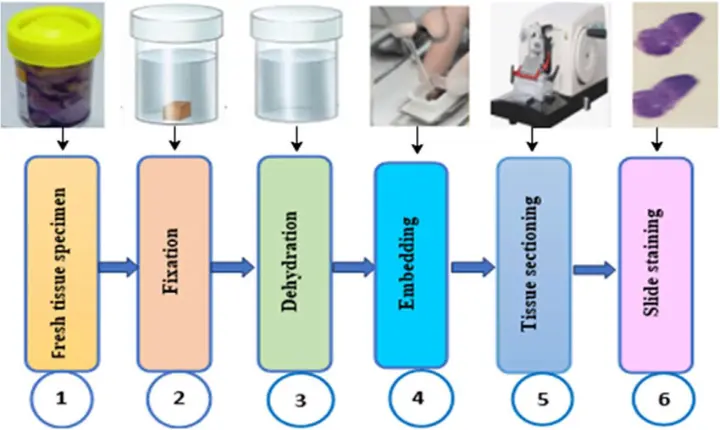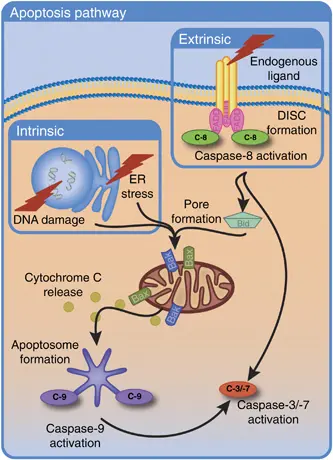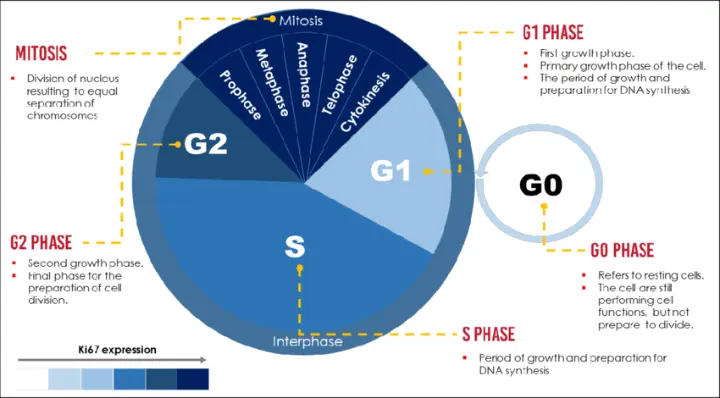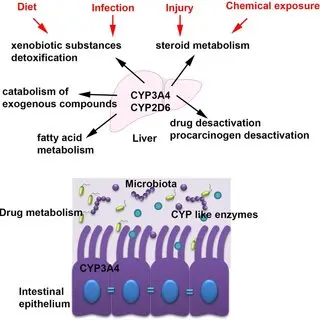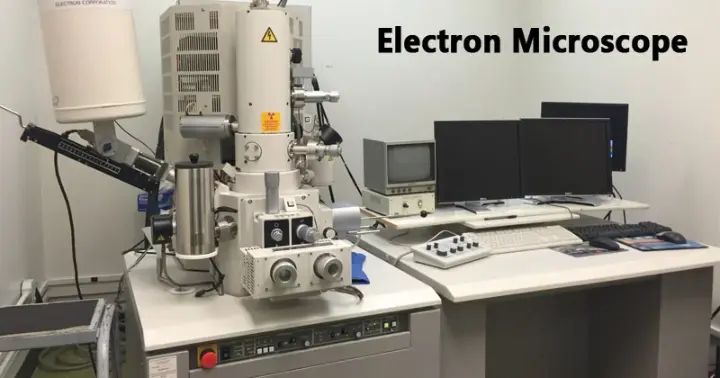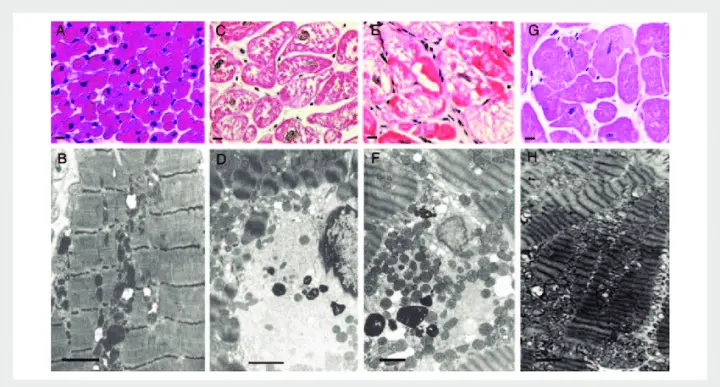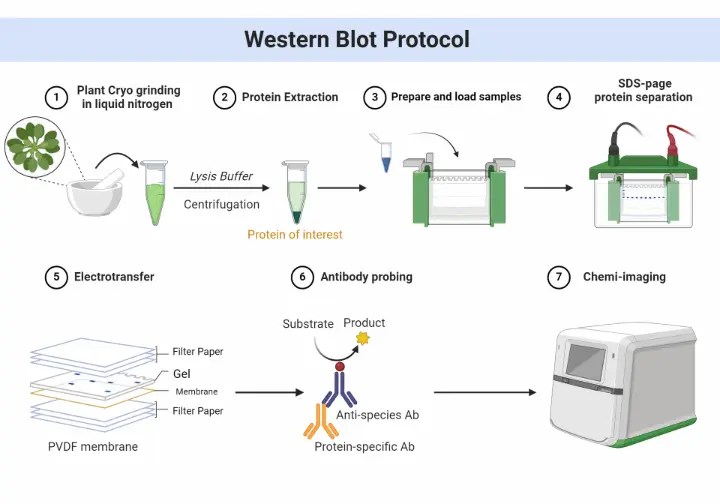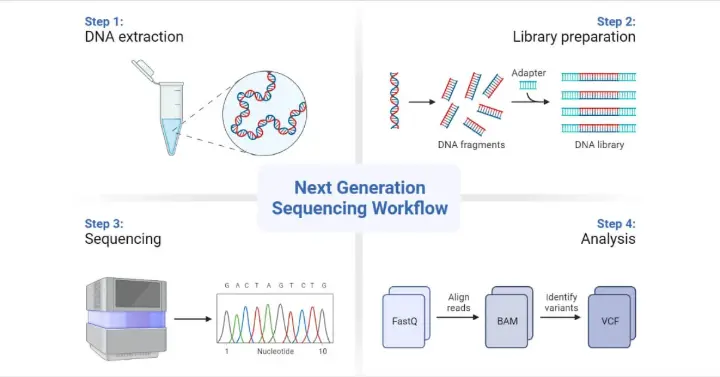Introduction
Toxicologic pathology plays a critical role in understanding the effects of chemicals, drugs, and environmental toxins on biological systems. By combining pathology, toxicology, and modern laboratory techniques, toxicologic pathologists can identify tissue damage, organ-specific toxicity, and mechanisms of action. For researchers, students, and professionals in pharmaceutical, environmental, and biomedical fields, mastering these techniques is essential for accurate and reliable toxicity assessment.
1. Histopathology: The Cornerstone of Toxicologic Pathology
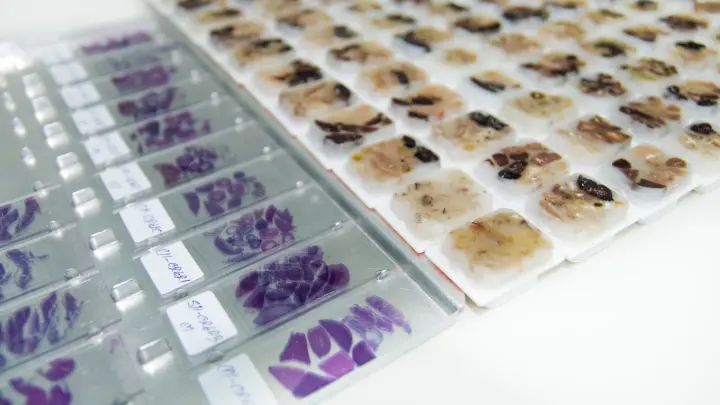
Histopathology is the microscopic examination of tissues to detect pathological changes caused by toxic substances. Read more
Key Steps and Techniques:
- Tissue Fixation: Preserves cellular structure using formalin or other fixatives.
- Processing and Embedding: Tissues are dehydrated, cleared, and embedded in paraffin for sectioning.
- Sectioning: Thin slices (3–5 µm) are cut using a microtome.
- Staining: Hematoxylin and eosin (H&E) staining highlights cellular structures; special stains can reveal lipids, fibrosis, or specific organelles.
- Microscopic Evaluation: Pathologists examine tissue architecture and identify lesions or toxic effects.
Applications:
Histopathology is fundamental in preclinical drug safety studies, environmental toxicology, and chemical risk assessment.
2. Immunohistochemistry (IHC): Visualizing Molecular Markers
IHC is a powerful technique that uses antibodies to detect specific proteins or biomarkers in tissue sections. Read more
Advantages of IHC:
- Identifies cell-specific responses to toxicants.
- Detects apoptosis, proliferation, or oxidative stress markers.
- Enhances mechanistic understanding of toxicity beyond morphological changes.
Common IHC Markers in Toxicologic Studies:
Caspase-3 for apoptosis Read more
Ki-67 for cell proliferation Read more
CYP450 enzymes for metabolic activity
3. Electron Microscopy: Ultra-Structural Analysis
Electron microscopy provides a high-resolution view of cellular organelles and subcellular structures affected by toxins.
Applications in Toxicologic Pathology:
- Detecting mitochondrial damage, lysosomal changes, or nuclear alterations.
- Studying nanoparticle toxicity or drug-induced ultrastructural changes.
4. Molecular Techniques in Toxicology
Modern toxicologic pathology increasingly integrates molecular biology techniques:
- qPCR: Measures gene expression changes due to toxic exposure.
- Western Blotting: Detects protein alterations in tissue samples.
- Next-Generation Sequencing (NGS): Identifies genetic or epigenetic responses to chemicals.
These techniques complement histopathology and IHC, providing mechanistic insights at the molecular level.
5. Digital Pathology and Image Analysis
Digital pathology uses whole-slide imaging and software tools to enhance accuracy and reproducibility.
Benefits:
- Automated quantification of lesions or biomarker expression.
- Remote collaboration and consultation.
- Data integration with toxicogenomics for comprehensive toxicology assessment.
6. Best Practices in Toxicologic Pathology
- Ensure proper tissue collection, fixation, and storage.
- Use standardized protocols to maintain reproducibility.
- Combine multiple techniques for a holistic understanding of toxicity.
- Continuous training in emerging technologies like AI-assisted image analysis.
Conclusion
Techniques in toxicologic pathology are essential for assessing the safety of drugs, chemicals, and environmental toxins. Histopathology, immunohistochemistry, electron microscopy, and molecular analyses provide complementary insights, allowing pathologists and researchers to detect, quantify, and understand toxic effects at tissue, cellular, and molecular levels. Mastering these techniques ensures credibility, precision, and reliability in toxicology research, ultimately contributing to safer therapeutics and environmental practices.
